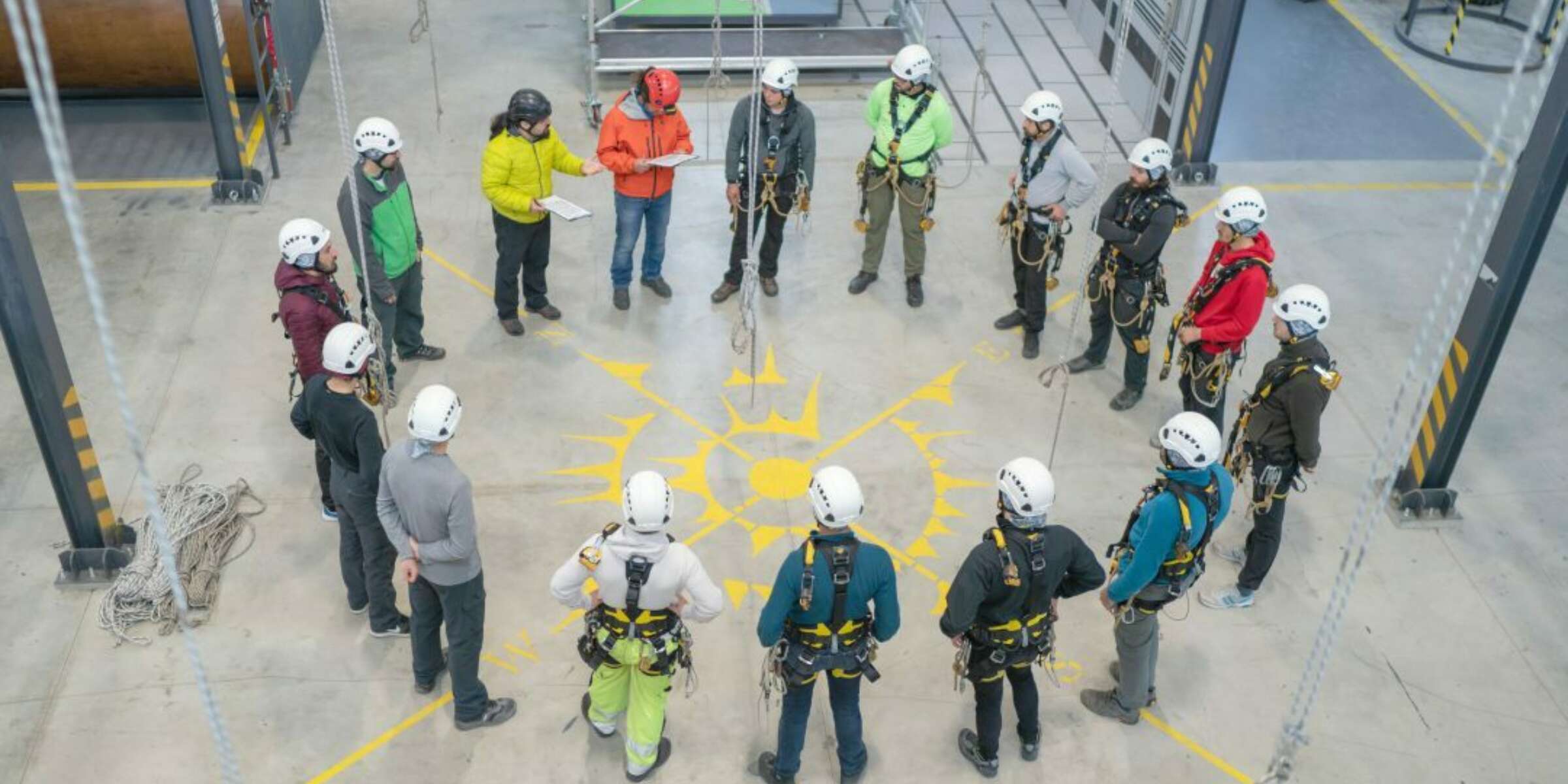Are you looking for one safety company to do it all? Amerisafe Group offers safety consulting services, occupational health services with nurses and testing, safety products, industrial hygiene safety consulting, confined space rescue, OSHA compliance consulting and rescue services.


We have a team of experienced Safety Consultants who specialize in providing comprehensive workplace health and safety services. They can conduct through assessments of job sites and workplaces to identify potential hazards and risks, and develop customized plans to address them.

Our certified nurses and medical staff specialize in providing top-quality medical services while maintaining a safe and healthy work environment. They are trained to quickly and effectively address common injuries and illnesses, provide drug testing and more.

Our network of Rescuers provides confined space rescue services and technical training nationwide. Our Rescuers are highly skilled and trained to handle complex rescue situations. With our confined space rescue team, you can feel confident that your employees are safe and prepared for any situation.

Formalize the safety process beyond regulatory compliance to manage significant risks in the working environment. Our team works closely with your team to integrate the 5 Components of an Effective Safety Management System.

Develop supervisors to become safety leaders for a culture that lasts. Management is committed to safety, but who carries out initiatives? The Team Approach to Safety™ builds 4 “pillars” upon which the responsibility of safety rests.

Focused on your people and their perceptions of your organization’s safety culture, the PerceptionPulse™ Engagement Survey measures alignment of cultural perceptions between management, supervisors and employees across dozens of data points.

Our team of Safety Consultants offers comprehensive onsite health and safety support and training specifically tailored to the unique needs of the oil and gas industry. With a national reach, we are well-equipped to oversee and execute safety protocols for all oil and gas projects.

Amerisafe Group’s Safety Consultants are renowned for their expertise in safety performance assessments, management, and training for various renewable energy sources. From wind and solar to hydro and geothermal, we ensure top notch safety for your operations.

Amerisafe Group offers experienced steel Safety Consultants for the steel making industry and the construction safety within steel facilities. Safety audits, management, and safety training for steel mill owners and steel contractors.
Do you have questions or need more information? Please use the contact form below and an Amerisafe team member will respond shortly!
4000 Hempfield Blvd, Greensburg, PA 15601